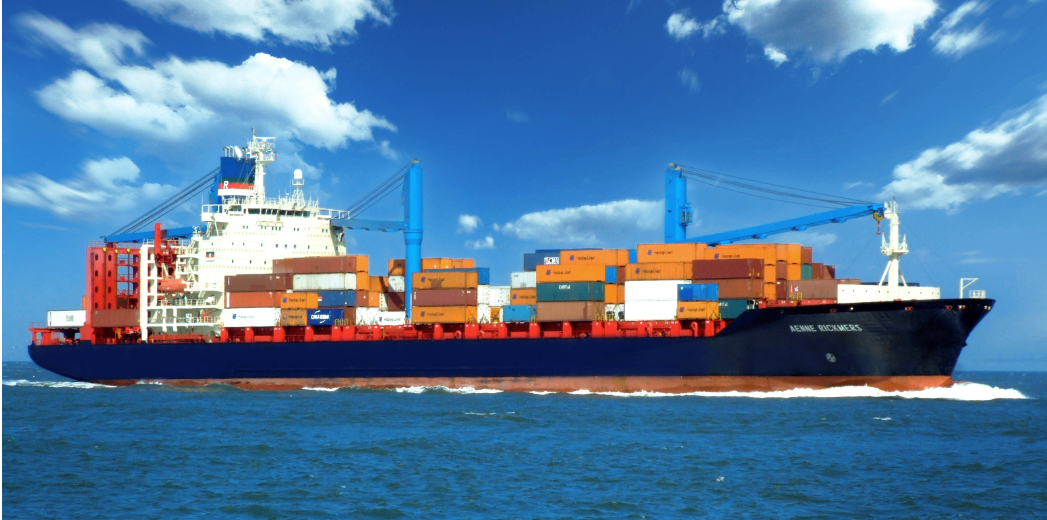
Overview of Global Trade Status
According to relevant data, the global trade volume will reach a historic high in 2024. Among them, the rapid growth of trade in emerging markets and developing countries has become an important driving force for global trade growth. The World Trade Organization predicts that global trade volume will increase by 2.6% in 2024, mainly due to the recovery of the global economy, optimization of supply chains, and loose international trade policies. The position of emerging markets and developing countries in global trade is becoming increasingly important, and their trade growth not only brings opportunities for their own economic development, but also brings new changes to the global trade pattern.
As the world's largest trading region, Asia has a huge trade volume with China and Japan. China has maintained its position as the world's largest trading nation in goods for seven consecutive years, with imports and exports accounting for 10.6% and 14.2% of the international market share, respectively. The trade volume between ASEAN countries has been increasing year by year, and the process of regional integration is accelerating. The European trade region is centered around Germany, the United Kingdom, and France, and its trade characteristics are high quality and diversity. The North American trading region is mainly composed of the United States, Canada, and Mexico, and its trade advantage lies in its strong industrial foundation and market vitality.
The trade volume of electronic products has grown the fastest, especially the export of smartphones and computers. With the promotion of the artificial intelligence boom and the rebound of the semiconductor industry in Asia, the demand for electronic products will continue to grow. The trade volume of new energy vehicles has also grown rapidly, despite the impact of supply chain disruptions on global automotive trade, the development momentum of new energy vehicles is strong. The trade volume of energy commodities such as oil and natural gas remains huge, but with the development of renewable energy, their market share is gradually declining.
Factors such as national competition, regional conflicts, and trade sanctions have had a significant impact on the international trading system. The 2024 World Trade Report released by the World Trade Organization points out that these global trends have impacted the stable foundation of world economic growth over the past 30 years and may lead to the fragmentation of the international trading system. For example, trade on the world's three major maritime routes (the Suez Canal, the Strait of Mandeb, and the Panama Canal) has been disrupted, and the escalating tensions between Israel and Iran have raised concerns about trade disruptions in the Strait of Hormuz. Nearly 30% of the global oil flow is transported through the South China Sea, 70% to Asian markets, and 20% of liquefied natural gas flow is also transported through the South China Sea. Once these important channels are interrupted, it will have a significant impact on commodity prices.
The digital revolution has dragged down labor-intensive manufacturing in low-income economies. Low income economies are typically dominated by labor-intensive manufacturing, and the digital revolution may lead to a decline in their competitiveness in global trade. With the development of digital technology, high-income economies have greater advantages in technological innovation and digital transformation, which may further widen the wealth gap. For example, developing economies may face difficulties in digital transformation, making it difficult to reduce trade costs and shift towards service-oriented growth.
